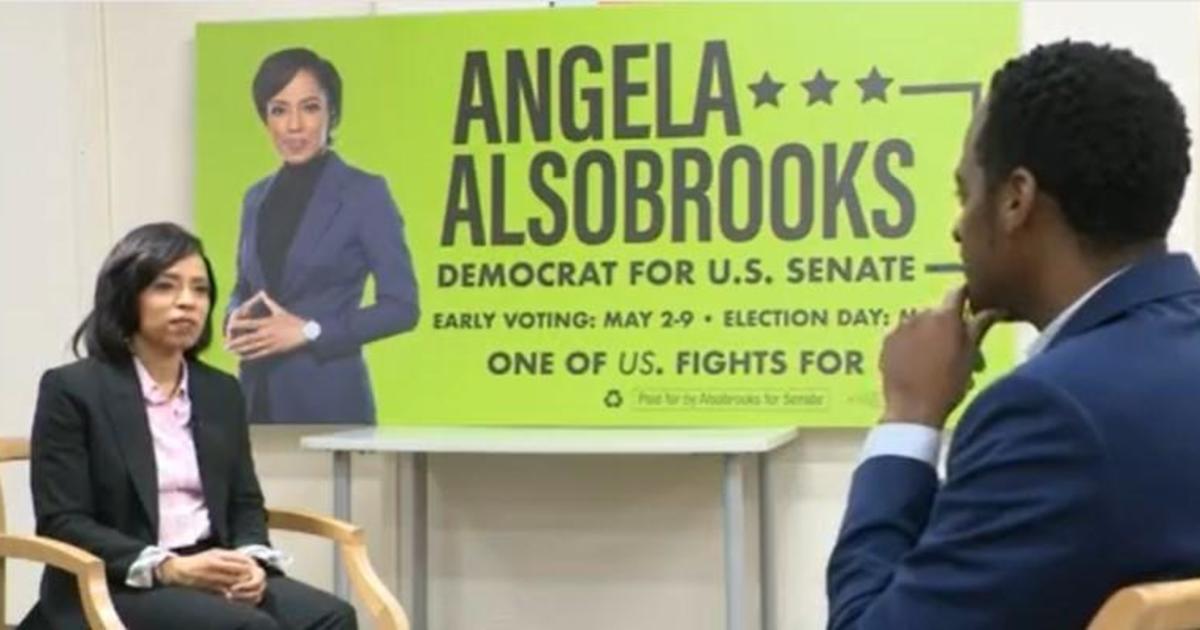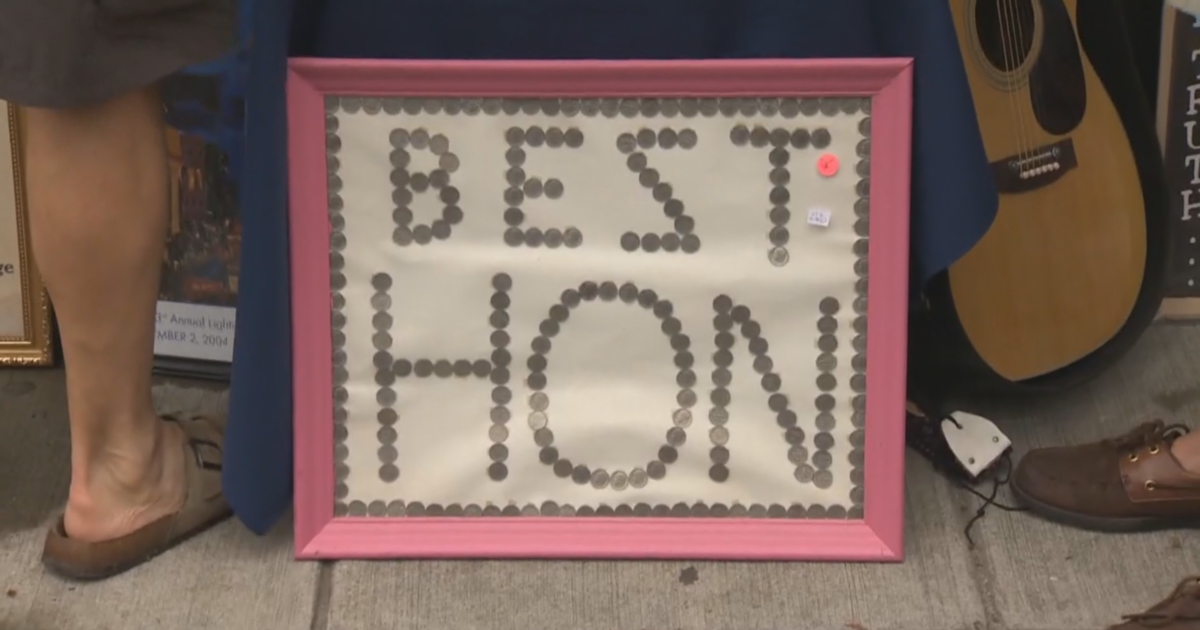Maryland county turns to curfew after violent summer
Juvenile curfews have been used for decades as a way to combat juvenile crime and spikes in violence. But data shows that juvenile curfews often do not work.
That hasn't stopped jurisdictions from trying. Earlier this month, Prince George's County Executive Angela Alsobrooks announced that the county would begin a 30-day enforcement period of their long standing juvenile curfew law. The period began on September 9, and the 30-day period is ongoing.
Similar discussions are taking place around the country. In Memphis, Tennessee, the city council is currently debating enforcing a more strict curfew. The same is occurring in Lubbock, Texas. And Springtown, Texas. And Forsyth County, North Carolina. And Highland County, Ohio.
In Prince George's County, early returns on the policy are mixed. The first week yielded no arrests, according to Fox 5 News. Alsobrooks praised the program, which she said included a sharp drop in crime during the first weekend, according to the Washington Informer. Alsobrooks also said that the curfew was responsible for police picking up a 16 year old girl who was in a car with a man who had a gun. The man was arrested, and the girl was returned home while her guardians were notified.
For Alsobrooks the main reason for imposing the curfew was to respond to a recent spike in crime. She reported in her press conference that August 2022 was the deadliest month in the history of the county.
At the time of the press conference, there had been over 350 carjackings in the county this year, a 52% increase from the previous year, according to Alsobrooks. Of those, 84 were committed by juvenile offenders, and half of those 84 were committed by offenders under the age of 15.
Alsobrooks said she was also concerned about juvenile repeat offenders. She said that 55 of the 84 juvenile carjacking offenders had prior offenses, including 34 for gun or violent crime offenses.
Just after the curfew was announced, a Prince George's County Circuit Judge was reassigned for being too lenient, as reported by ABC 7 News DC , after he allowed a 12 year old to return home while awaiting trial.
The academic research on juvenile curfews is clear.
"The pattern of evidence suggests that juvenile curfews are ineffective at reducing crime and victimization. The average effect on juvenile crime during curfew hours was slightly positive – that is a slight increase in crime – and close to zero for crime during all hours," according to a 2016 study by the Campbell Foundation, which reviewed a collection of 12 studies on juvenile curfews.
Juvenile curfew laws gained popularity in the early 1990's after cities like Dallas enacted ordinances to deal with juvenile crime. In 1996, the Office of Juvenile Justice and Delinquency Prevention (OJJDP) released a bulletin on the subject of juvenile curfews. Washington, D.C., imposed a curfew in 1995, the year before the bulletin from the OJJDP. Prince George's County also introduced their curfew law in the same year.
In Maryland, there are currently two curfew laws in the books. In Prince George's County, the law prohibits individuals aged 16 and under from being in public spaces between 10 p.m. and 5 a.m. on school nights, while the deadline moves back to midnight on Friday and Saturday. In Baltimore City, as in other parts of the country, there is also a curfew during school hours, which prohibits youth from being in public places during school hours, with some exceptions.
According to the National Youth Rights Association, there are currently more than 400 curfew laws on the books around the country, and yet there are few arrests. Curfew laws stay on the books, they just lose the focus of police departments. When there is an announcement like the one made in Prince George's County, it is not a new law being created, but a declaration that the existing one will be enforced.
In Prince George's County, the enforcement comes after a decade of progress. Juvenile crime dropped significantly from 2011-2020, including a 76.5% drop in juvenile complaints.
An important metric for juvenile sentencing is the rate at which youth become committed. A committed youth is someone who has been deemed delinquent by the court system. This commitment allows the office of juvenile services in that state to assume control over the youth. The data from 2011-2020 shows that for violent crimes, the rate at which juveniles are committed in Prince George's County is essentially unchanged from a decade ago.
On a national level, this trend continued into the pandemic. A 2020 study from the Sentencing Project showed that juvenile crime was flat or falling during the pandemic. This is consistent with OJJDP data going back to 1980.
Despite decades of positive change in juvenile crime, the recent upticks on a local level have pressured officials to reinstate curfew laws in Prince George's County. It remains to be seen if these will have a meaningful effect.
(© Copyright 2022 The Associated Press. All Rights Reserved. This material may not be published, broadcast, rewritten or redistributed.)



